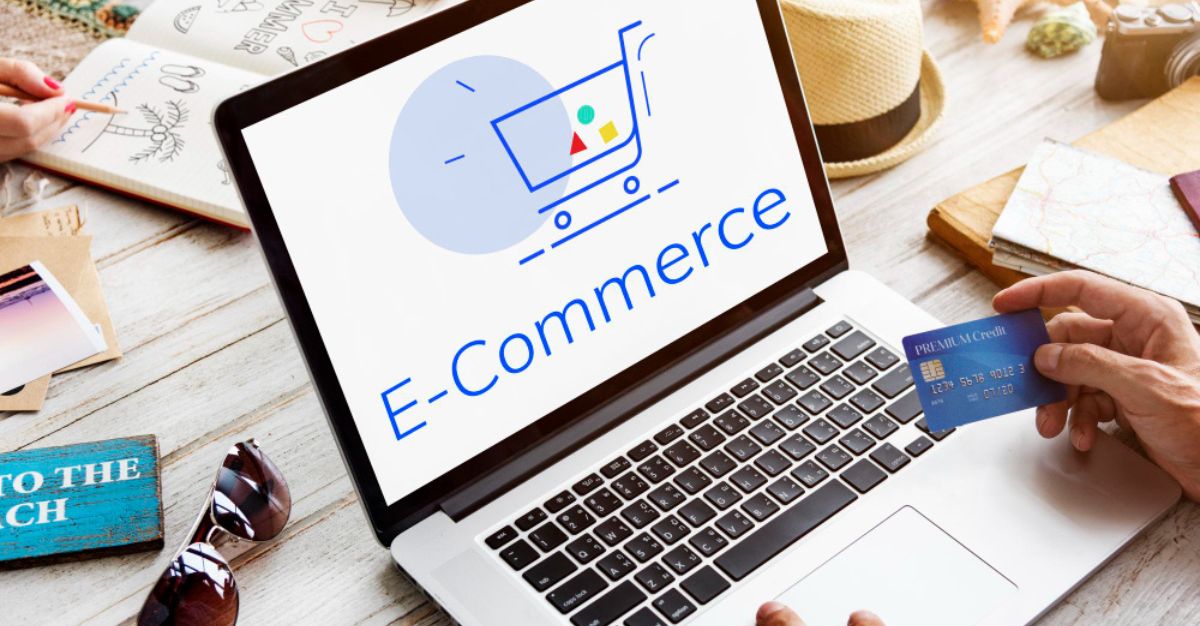E-commerce is now dominant in Malaysia’s retail landscape, with more businesses launching online stores to meet growing consumer demand. In such a fast-moving market, having a website that performs well is essential to stay ahead.
The layout, features, and overall experience of an e-commerce site play a significant role in driving sales. This article breaks down eight essential E-Commerce website features that can help increase conversions and improve customer satisfaction.
Table of Contents
Key Takeaways
- A seamless shopping experience keeps visitors engaged and reduces drop-offs.
- Optimising for mobile and speed supports stronger performance across all devices.
- Building trust through transparency and security encourages confident purchases.
- Minute design and functionality tweaks can lead to significant improvements in sales.
- Understanding user behaviour helps tailor the journey and increase overall order value.
- Consistency in user experience builds credibility and long-term customer loyalty.
What is an E-Commerce Website
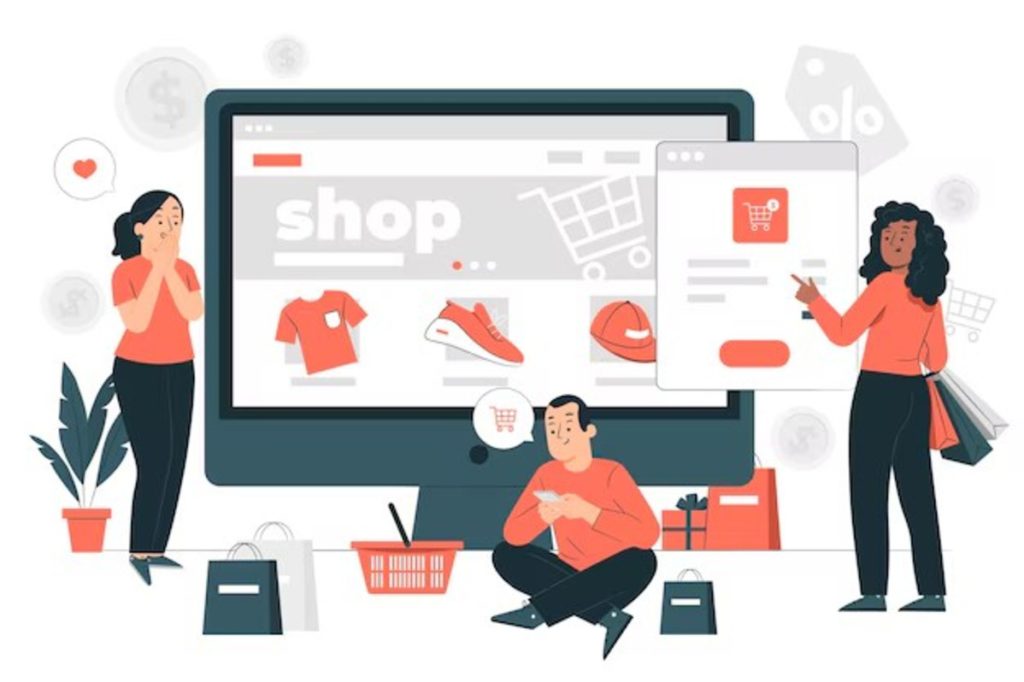
An e-commerce website is a digital platform where businesses sell products or services directly to customers online. It includes features such as product listings, shopping carts, secure payment gateways, and customer accounts.
Platforms like Shopify, WooCommerce, and Magento make building and managing these sites easy. A well-structured e-commerce website enables smooth browsing, secure transactions, and efficient order management, making it a key channel for driving online sales.
What Are the 5 Major Components for A Cool Website in E-commerce?

Every effective e-commerce website is built on key structural components that guide the user experience and support conversions. Understanding these five major parts helps ensure your site layout is functional and user-friendly.
| Component | Description |
| Header | Located at the top of the page, the header typically includes the logo, navigation menu, search bar, and shopping cart icon. It helps users access key sections quickly. |
| Main Content Area | The central part of the page where product listings, promotional banners, or individual product details are displayed. This is where most interactions and conversions happen. |
| Sidebar | Often found on category or product pages, the sidebar includes filters, related products, or promotional blocks to help users narrow down their options. |
| Footer | Found at the bottom of every page, the footer provides links to important pages like privacy policy, terms of service, contact information, and social media accounts. |
| Call-to-Action (CTA) | Buttons or links designed to encourage specific actions such as “Add to Cart”, “Buy Now”, or “Subscribe”. CTAs guide users toward completing a transaction or inquiry. |
8 E-Commerce Website Features That Drive Sales
Beyond structure and function, certain website features directly influence customer behaviour and purchase decisions. Below are eight features that consistently contribute to stronger sales performance across successful e-commerce websites.
1. User-Friendly Navigation
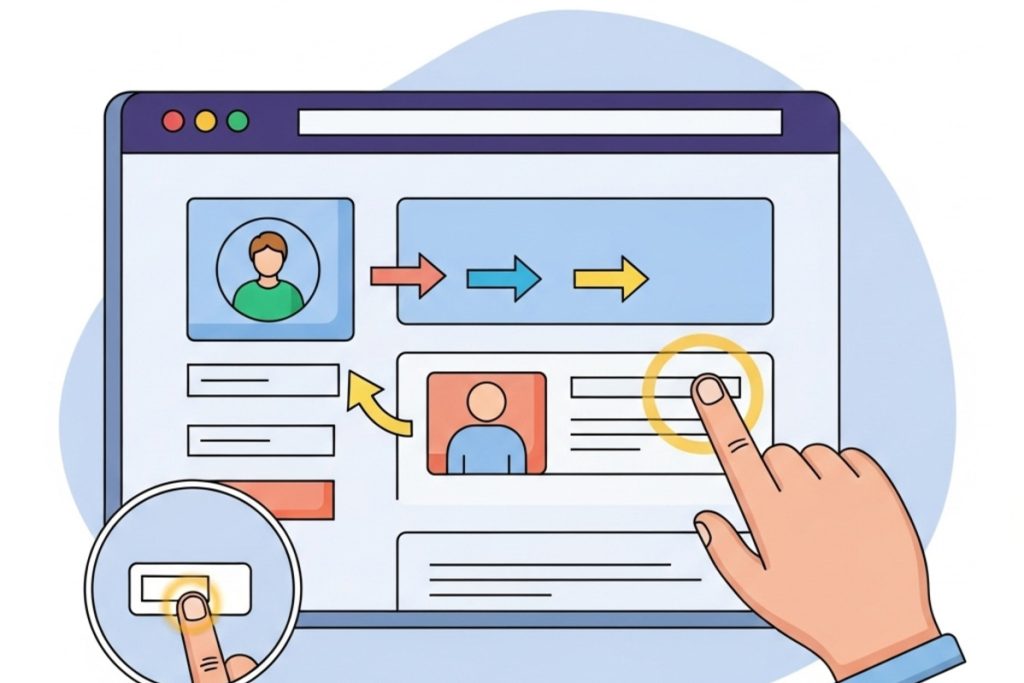
The easier it is to explore your site, the more likely visitors will keep browsing. A straightforward menu with well-labelled categories helps users effortlessly find what they’re looking for.
Features like breadcrumb trails, product filters, and a responsive search bar make the journey even smoother. When navigation feels effortless, customers tend to stay longer and are more open to purchasing.
2. Mobile Optimisation
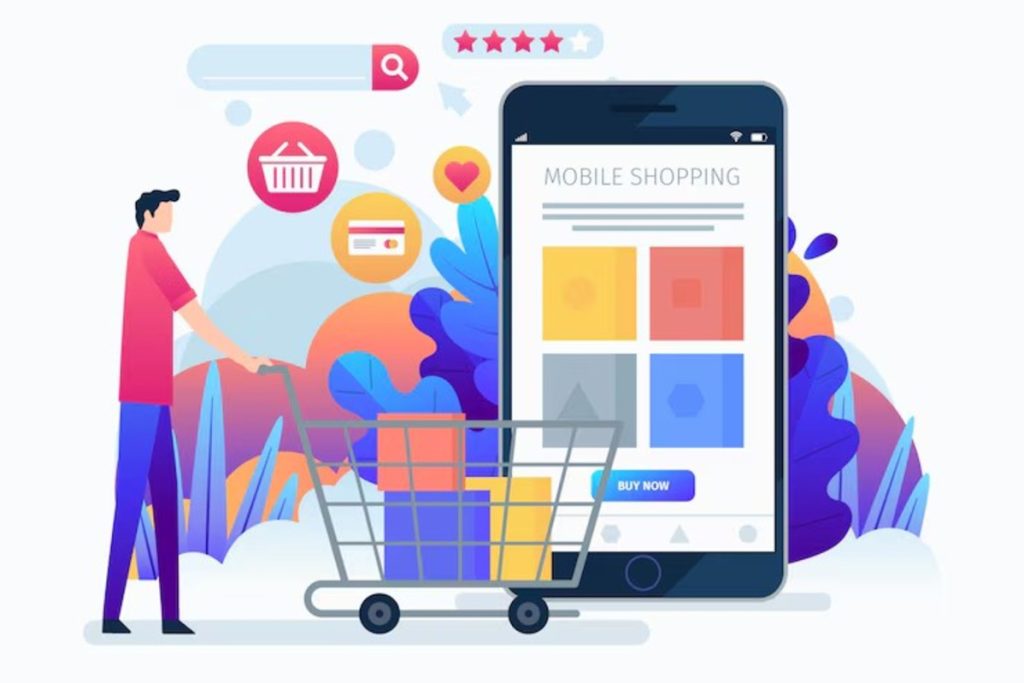
According to PCMI’s E-Commerce Data Library , 65% of Malaysian shoppers use mobile devices for online purchases. In order to keep them engaged, your website should have a responsive design that loads quickly and remains easy to navigate on smaller screens.
Clear fonts, accessible buttons, and a streamlined checkout all contribute to a better mobile experience. Optimising for mobile also supports a more substantial search rankings and lower bounce rates.
Want to create a mobile experience that converts? Explore this mobile-first web design strategies today to get started.
3. Fast Loading Speed
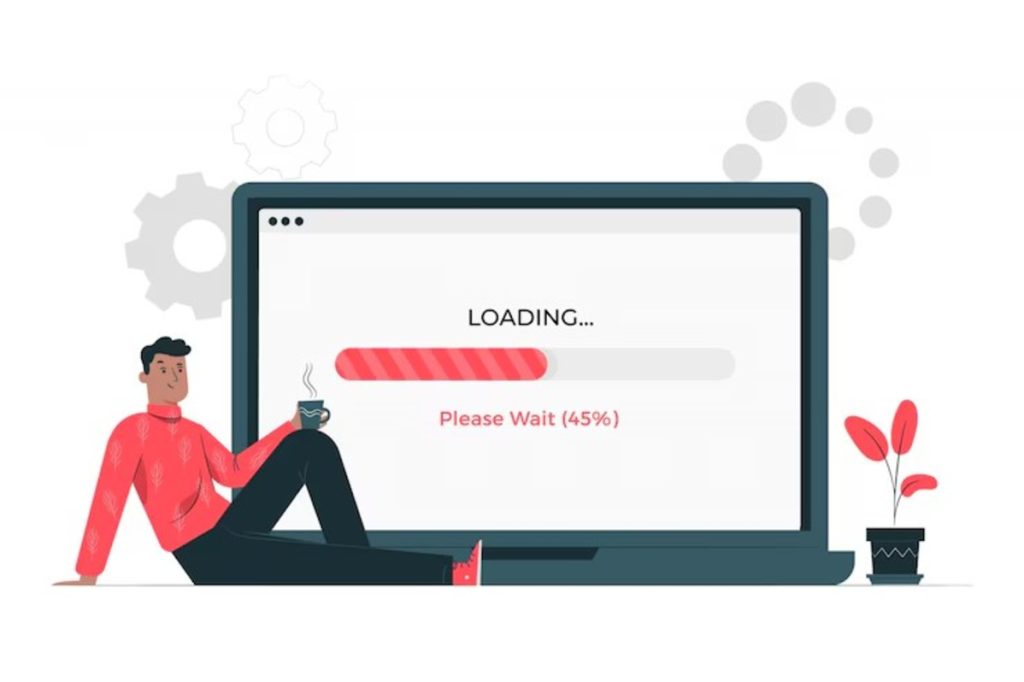
Speed is one of the first things that users notice. Pages that load slowly create friction and can lead to abandoned sessions, especially on mobile. According to BigCommerce, a one-second delay in page load time can lead to a 7% reduction in conversion rate.
Improving load speed starts with compressing images, trimming unnecessary scripts, and enabling caching. Use tools like GTmetrix or Google PageSpeed Insights to reveal areas that are slowing your site. A quicker site encourages visitors to stay, builds trust, and boosts conversions.
4. High-Quality Product Images & Videos
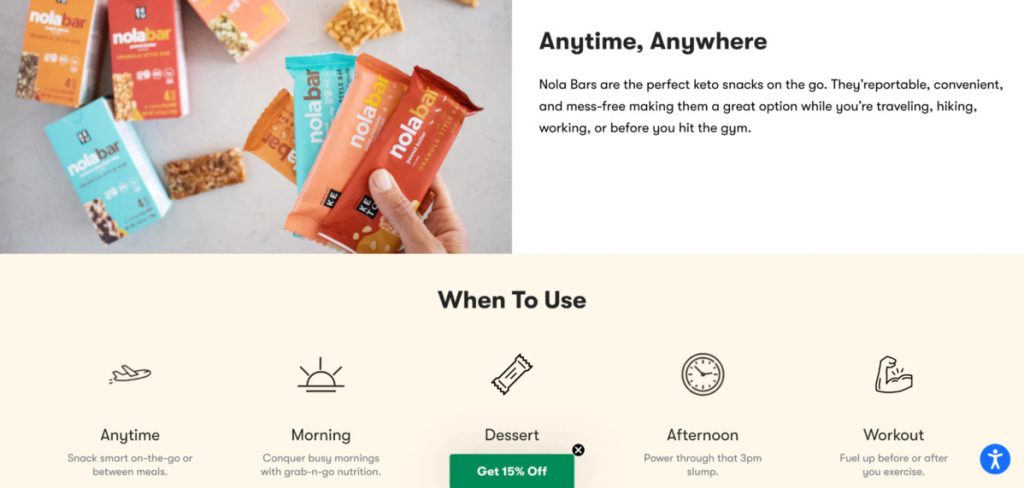
Visuals do the heavy lifting in online shopping. Clear, high-resolution images let customers inspect details closely, while videos add depth, showing products in action or real-life settings.
This builds confidence especially when buyers can’t physically see or touch the item. Compelling visuals are meant to reassure customers, reduce hesitation, and prompt faster buying decisions.
5. Customer Reviews & Ratings
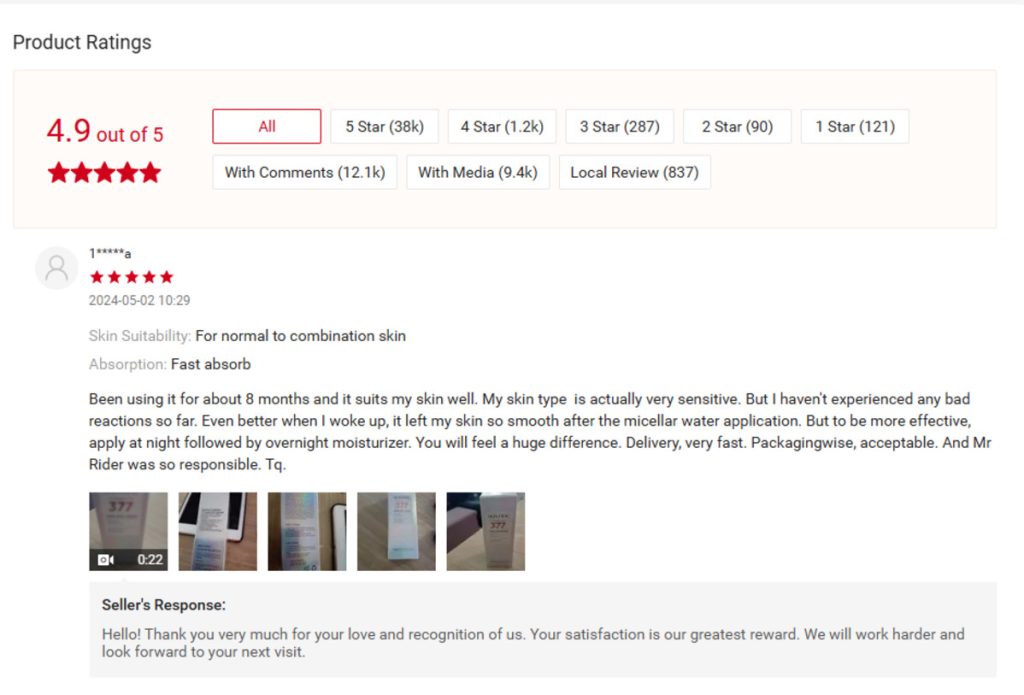
Shoppers tend to trust other customers more than marketing claims. Reviews and ratings offer social proof, helping buyers feel more confident in their decisions.
Highlighting verified reviews on product pages builds credibility, especially for first-time visitors. Addressing negative feedback with clarity and professionalism also reflects accountability and strengthens brand trust.
6. Secure and Streamlined Checkout
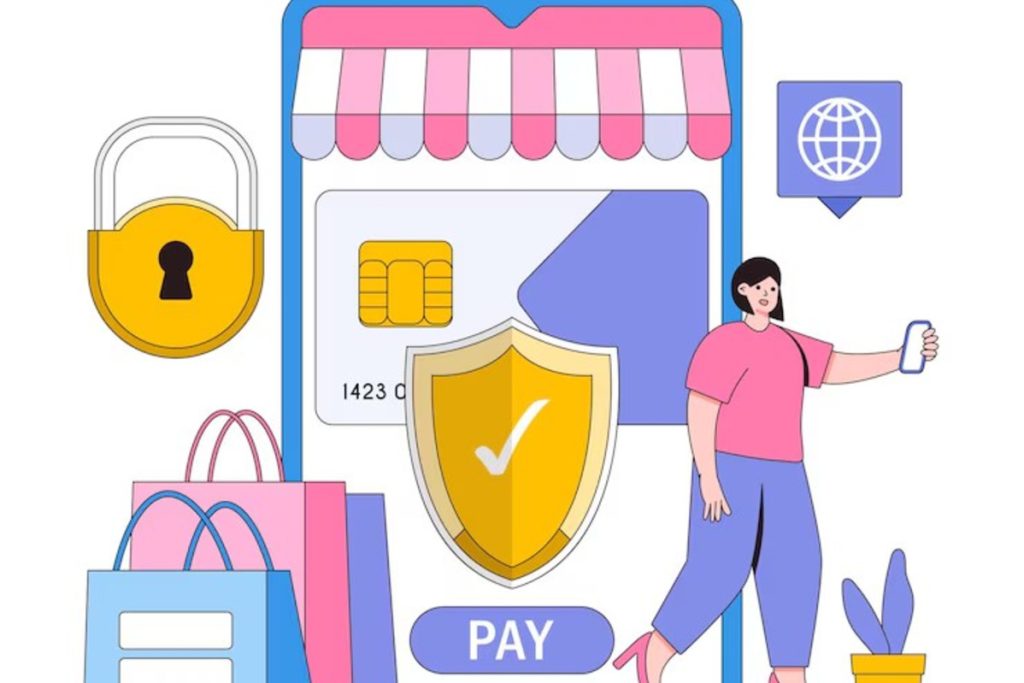
A smooth checkout process can make the difference between a completed sale and an abandoned cart. Minimise form fields, offer guest checkout, and clearly display payment, shipping, and return details upfront.
Website security features such as SSL certificates and trusted payment logos help establish credibility. Offering secure options like FPX, e-wallets, and credit cards further ensures customers can complete their purchases with confidence.
7. Live Chat or Chatbots

Sometimes customers just need a quick answer before making a decision. Live chat and chatbots provide a direct line for questions, helping to ease doubts and keep the buying journey moving.
Real-time support strengthens trust, especially when it’s immediate and accessible. Integrating familiar tools like WhatsApp or Messenger also makes interactions feel more personal and convenient.
8. Personalised Product Recommendations

A well-timed suggestion can turn a single item into a full cart. By analysing browsing behaviour or past purchases, your site can display products that matter to each customer.
It’s a subtle nudge that feels helpful, and makes the shopping experience feel tailored, thoughtful, and more likely to lead to an extra sale.
Conclusion
Smooth navigation, fast performance, strong visuals, and brilliant suggestions help create an effortless and reliable shopping experience. Minor improvements in these areas can lead to better conversions and stronger customer loyalty.
Ready to optimise your E-Commerce website for better performance and higher conversions? Newnormz digital marketing can help you implement powerful E-Commerce features tailored to your business goals. Contact Newnormz today and start turning visitors into loyal customers.
